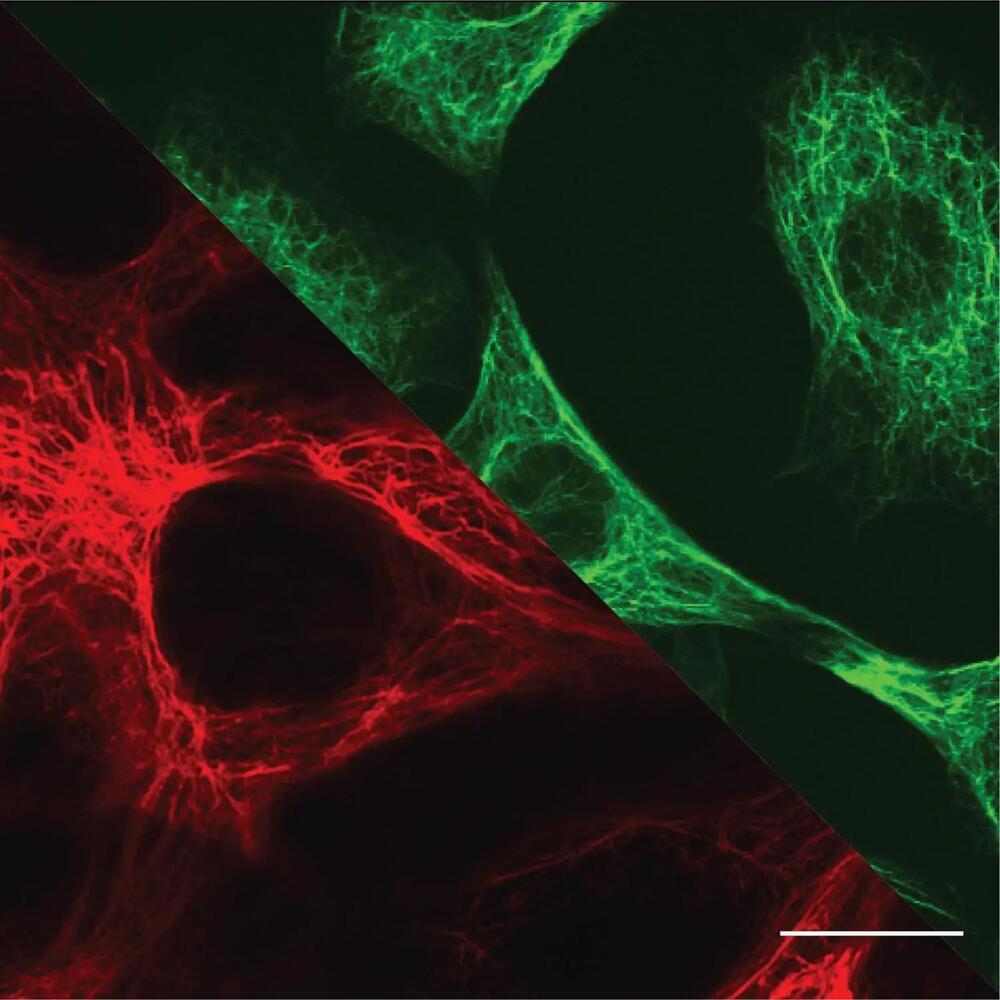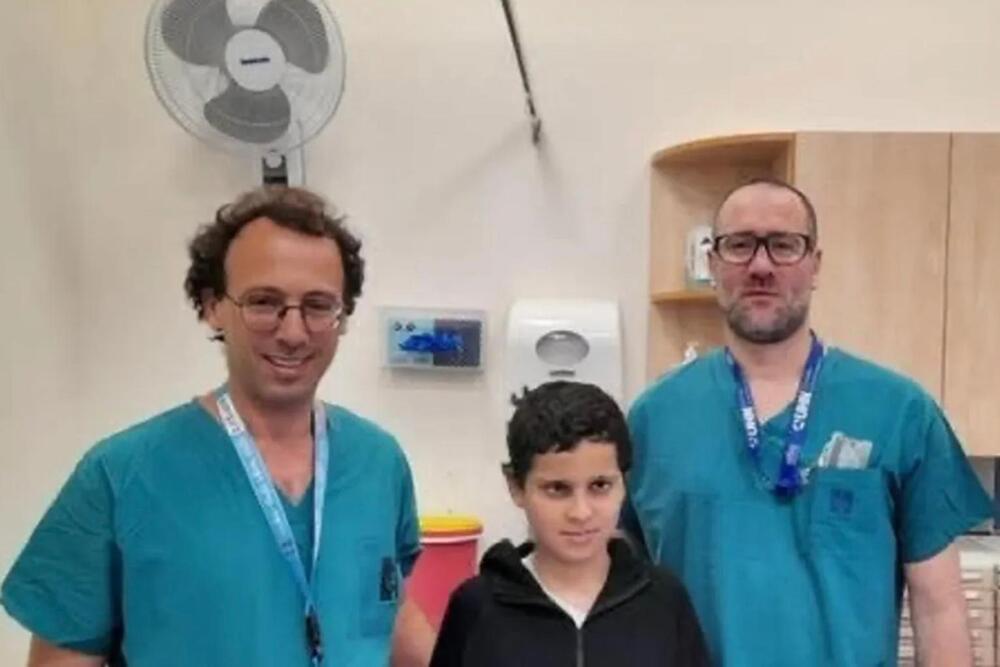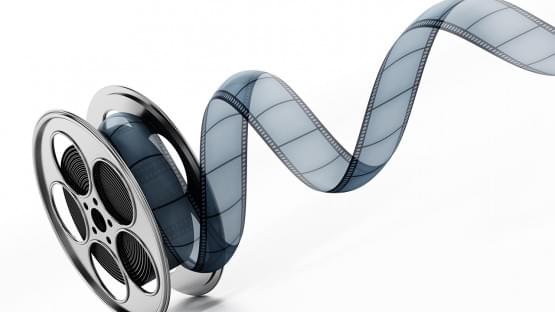Most biological cells have a fixed place in an organism. However, there are instances where these cells acquire mobility, enabling them to traverse the body. Such occurrences are seen during processes like wound recovery, or when cancerous cells divide indiscriminately and spread throughout the body. The characteristics of mobile and stationary cells exhibit several differences, one notable one being the structure of their cytoskeleton.
This structure of protein filaments makes the cells stable, stretchable, and resistant to external forces. In this context, “intermediate filaments” play an important role. Interestingly, two different types of intermediate filaments are found in mobile and stationary cells. Researchers at the University of Göttingen and ETH Zurich have succeeded in precisely measuring and describing the mechanical properties of the two filaments. In the process, they discovered parallels with non-biological materials. The results have been published in the journal Matter.
The scientists used optical tweezers to investigate how the filaments behave under tension. They attached the ends of the filaments to tiny plastic beads, which they then moved in a controlled way with the help of a laser beam. This stretched the two different types of filaments, which are known as vimentin and keratin. The researchers worked out which forces were necessary for the stretching and how the different filaments behaved when they were stretched several times.





